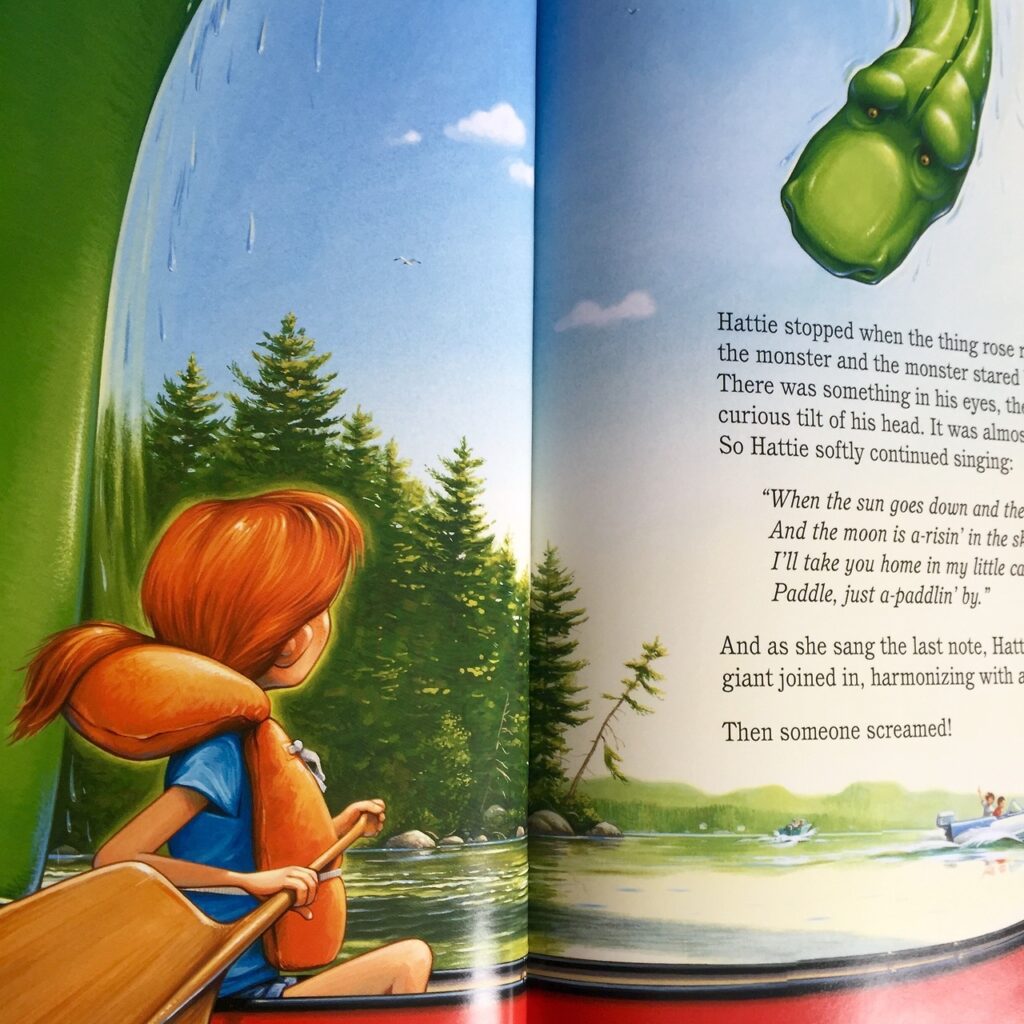Perennial Vegetables
Lazy veggies
In the gardens of paradise, all the vegetables would be perennial. No endless replanting. Just keep picking year after year. Like fruits and nuts. On earth there are more of these heavenly plants than you might think. This book rounds ’em up, with terrifically informative summaries, clear photos, and useful hints. A few of these recurring veggies are familiar — asparagus, rhubarb, artichokes — but most are exotics, so eating/cooking suggestions are given as well. I am a lazy gardener who favors perennials in our landscape garden, so I am inclined to be lazy in the food garden as well. But besides laziness, this is a great culinary adventure — all kinds of Andean root crops I’ve never hear of, and bean trees, and bush spinach — oh my! One hundred new friends. As a bonus the author takes the long-view and makes suggestions about promising varieties that amateurs could breed into better perennials. This is a fabulous book.
08/3/09Excerpt
Malabar spinach is a climbing leaf crop that makes a beautiful ornamental.
*
One of the moments that really changed my life in terms of understanding the potential of perennial vegetables was the day I grazed on the leaves of this beautiful shrub at Plants for a Future (PFAF) in Cornwall, England. To see a hedge of this beautiful silvery gray shrub producing copious quantities of edible greens virtually year-round, and to just stand there and stuff the tasty, salty leaves into my mouth, was a remarkable experience.
The author grazing on saltbrush as PFAF in England in 1997. It was hard to tear me away from that salty spinach: like pretzels in a shrub!
*
Every spring on the East Coast, from New England to New Brunswick, foragers go hunting along riverbanks and in floodplain forests for the shoots of this native fern, known as fiddleheads because their spiral shape looks like the head of a violin. These foragers harvest large quantities to sell to restaurants and supermarkets, where they bring a good price. Strangely, while many people grow this fern as an ornamental few home gardeners seem to grown it for fiddleheads.
In the wild, ostrich fern is found primarily in floodplain forests and riverbanks, but under cultivation it succeeds in a variety of moist, shady conditions.
Fiddleheads emerging in spring.
*
This crop, virtually unknown in the United States and Canada, is second in importance only to potatoes across vast areas of the South American high-lands. It has become a commercial crop in New Zealand and has the potential to become a much more important crop worldwide. In gardens oca can provide high yields in tiny spaces.
Oca's beautiful tubers are shaped like fingerling potatoes and come in bright colors like yellow, orange, red, and purple. They have a crisp, moist, waxy texture, and unlike many root crops make a sweet and tart, almost candy-like snack raw. Flavor varies dramatically among varieties. The varieties I have tested were mild, sweet, and tart when eaten raw, like a good star fruit. When baked they lived up to their reputation of tasting like potatoes with sour cream already added.
Oca tubers come in many beautiful colors and have a delicious sweet, tart flavor.
*
Drawbacks of Perennial Vegetables
* Some perennial vegetables are slow to establish and may require several years of growth to begin yielding well. Asparagus is a classic example.
* Like annual crops, some perennial greens become bitter once they flower. Thus their greens are available only early in the season. Perennial vegetables are not meant to replace annuals, but to complement them. In this case, perennial greens are available early in the season, providing greens until the annuals are up and running.
* Many of the minor perennial vegetables have rather strong favors, especially those adapted to cold climates.
* Many perennial vegetables are so low-maintenance that they can become weeds in your garden, or escape and naturalize in your neighborhood.
Perennial Vegetables Eric Toensmeier 2007, 224 pages $24























